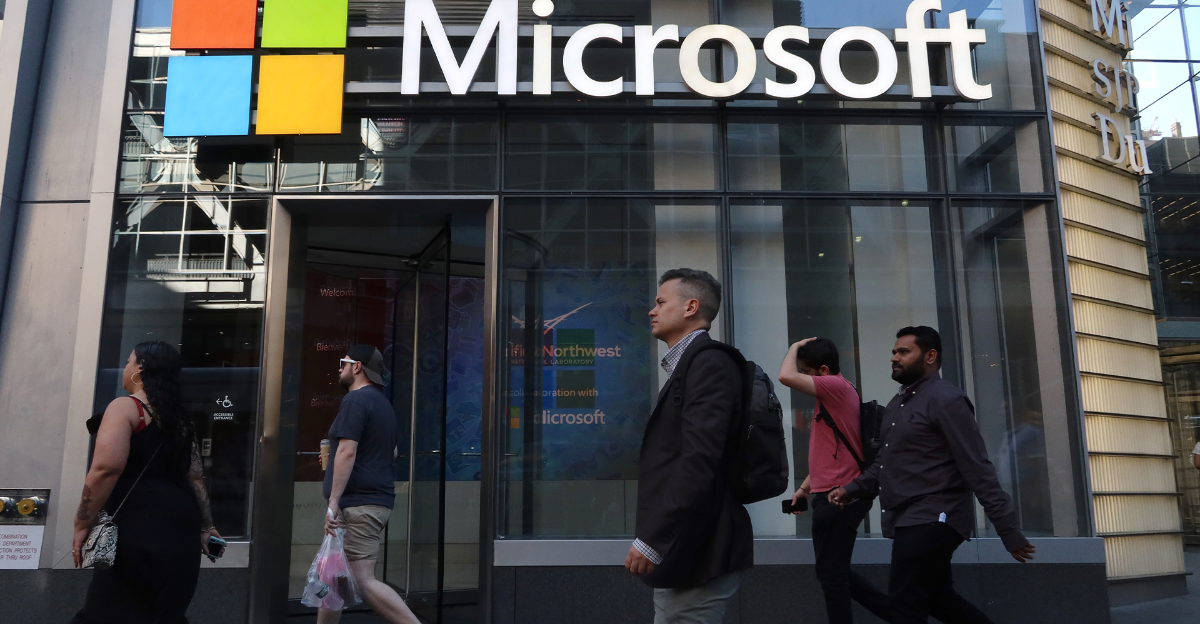
In 2025, Microsoft confirmed a fifth consecutive month of layoffs, reaching a cumulative workforce reduction exceeding 15,000 employees globally. This unprecedented scale of job cuts, affecting engineering, product management, legal roles, and other segments, is part of Microsoft’s strategic response to the rapidly evolving technology market.
The layoffs coincide with the company’s massive $80 billion commitment to artificial intelligence (AI) investments, marking a deliberate pivot towards AI-driven innovation and efficiency. CEO Satya Nadella frames this contradiction, the simultaneous record profits and significant workforce trimming, as an “enigma of success,” reflecting the tension between growth ambitions and cost pressures amid AI transformation.
The Background of Microsoft’s Layoffs

Although Microsoft’s 2025 layoffs follow a pattern set in earlier years, this year’s layoffs rank among the biggest in recent memory. The most extensive layoffs occurred in early 2023, when roughly 10,000 jobs, or 5% of the company’s workforce, were eliminated, reflecting changes made by the industry as a whole following expansions during the pandemic.
In the past, significant layoffs have coincided with strategic changes. For example, in 2014, 18,000 jobs were cut following the acquisition of Nokia’s devices division. The current iterative monthly layoffs, which emphasize Microsoft’s dedication to agile cost management as it reallocates resources toward AI-centric growth, point to a new operational norm rather than an isolated incident.
The Paradox of AI Investment
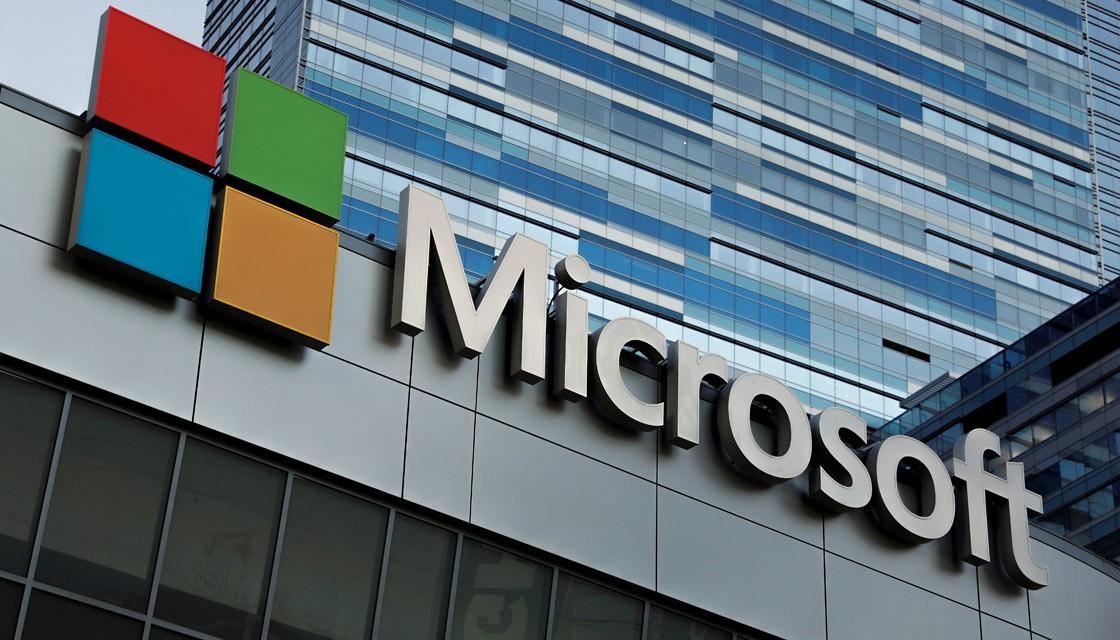
As Microsoft invests an unprecedented amount of money in AI infrastructure, more than $30 billion in a single quarter for data centers, custom chips, cloud expansion, and AI tools like Copilot, its layoffs ironically get worse.
This demonstrates a fundamental change in the industry, where traditional roles are becoming less necessary due to automation and artificial intelligence, while new demands for specialized tech talent are being created. Therefore, the layoffs are not just a cost-cutting measure; they are a component of workforce remodeling for AI readiness, focusing on positions that are susceptible to automation. This AI gamble reinforces Microsoft’s strategic bet on an AI-dominated future and is indicative of a larger trend in which traditional job roles are being replaced or transformed.
Economic and Sector-Wide Patterns

The layoffs at Microsoft are representative of a broader downturn in the tech industry, which saw over 100,000 layoffs in 2025 at companies like Amazon, Oracle, Salesforce, and others. Since May, Microsoft alone has laid off over 3,200 employees in the Washington state region, which is home to Microsoft’s headquarters.
This has had a significant negative economic impact on the area. In the face of slowing global economic growth and market recalibration following the hyper-expansion during the COVID-19 pandemic, investors’ and markets’ growing expectations for efficiency are reflected in these job reductions. The extensive layoffs highlight the systemic difficulties the tech industry faces in striking a balance between workforce sustainability, profitability, and innovation.
The Difficulties of Normalizing Layoffs Every Month

The monthly layoffs implemented by Microsoft normalize ongoing workforce adjustments, posing both operational and psychological difficulties. This model challenges company culture and employee morale by causing ongoing uncertainty and stress among management and staff. CEO Nadella’s admission that layoffs are “weighing heavily” indicates internal conflicts between business needs and human needs.
Even though this approach boosts short-term financial metrics, it runs the risk of eroding talent and harming the brand over time. Yet, it is believed that a more specialized, smaller workforce will lead to long-term success, indicating a strategic commitment to aggressive alignment with AI and market demands.
Possible Effects of Second-Order Thinking on Innovation

Despite being intended to increase efficiency, Microsoft’s layoffs might have the opposite effect on the dynamics of innovation. Losing seasoned employees and institutional knowledge may cause breakthroughs to proceed more slowly or momentarily weaken team cohesion.
However, by automating repetitive tasks and speeding up discovery, the strategic reallocation of funds to AI R&D may spark new paradigms of innovation that counteract workforce reductions. The overall effect hinges on how well Microsoft’s new operational model balances the risks of talent drain and disengagement with the integration of AI and human creativity.
The Effects of Psychology on Employees

Both impacted employees and the remaining staff suffer severe psychological effects from the continuous layoffs. Uncertainty, job insecurity, and a lack of social cohesiveness can all lead to stress, anxiety, and decreased productivity.
Nonetheless, Microsoft’s initiatives to offer redeployment opportunities, outplacement services, and severance packages show an effort to lessen harm. From a psychological perspective, maintaining organizational resilience during disruptive transitions, such as those brought on by AI and market pressures, requires open communication and a clear vision for the future.
As a Strategic Renewal, Layoffs

Microsoft’s frequent layoffs could be seen as strategic renewal, the removal of legacy roles that no longer fit with future objectives, in contrast to the narrative that frames them as an indication of corporate failure.
Microsoft is putting itself in a position to control new technological frontiers by consistently eliminating inefficiencies and making significant investments in AI. According to this viewpoint, layoffs are unpleasant but essential stages in a company’s development because they help create a workforce that is leaner, more agile, and more focused on innovation, better meeting the demands of the AI era and competing globally.
Wider Social Consequences and Industry Combinations

These Microsoft layoffs have an effect on labor markets, tech ecosystems, and the local economy in addition to the company’s walls. They also highlight the increasing conflicts between automation brought on by technology and job security, posing issues with social safety nets and workforce reskilling.
Additionally, Microsoft’s investment in AI may speed up integrations with sectors like healthcare, education, and finance, changing employment trends globally. We can better understand how strategic layoffs today shape the future of work and technological advancement by comprehending these mashups.
The Complicated Relationship Between Aggressive AI
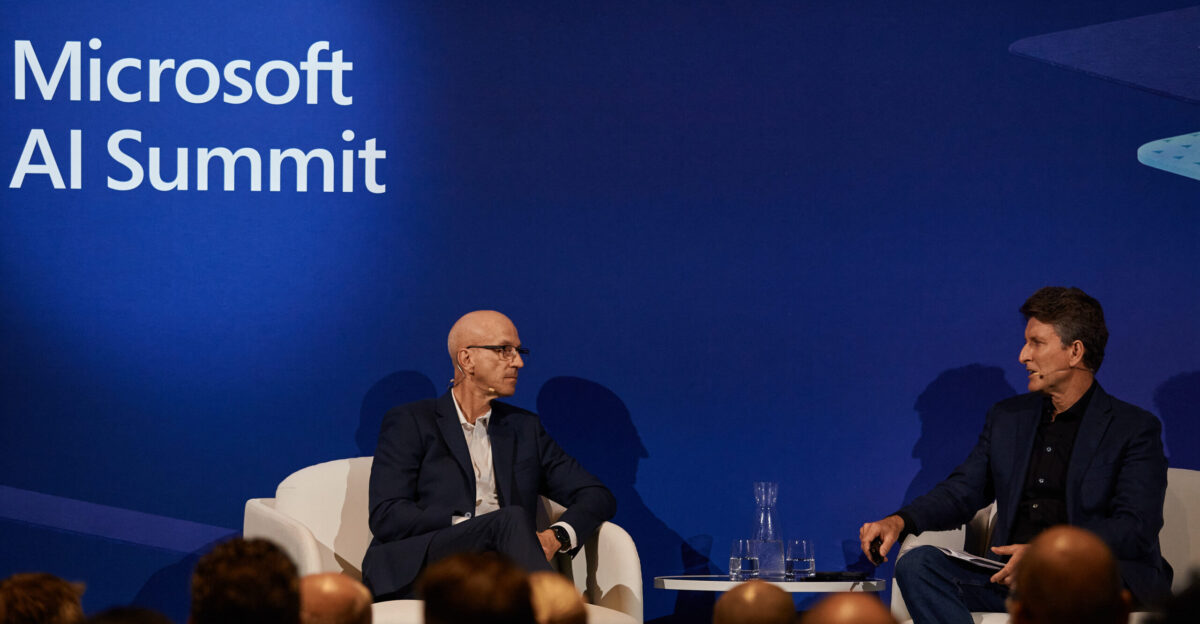
Microsoft’s fifth consecutive month of layoffs in 2025 exemplifies AI investment and workforce realignment, resulting in the loss of over 15,000 jobs. These layoffs are intentional moves made as part of a high-stakes plan to drive the AI revolution while keeping operating costs under control, not mistakes.
The business must simultaneously manage the immediate effects on its workforce and use AI-driven efficiencies to support continued expansion. As it navigates the waves of AI disruption and economic recalibration, this ongoing transformation does, in fact, represent a critical juncture that offers lessons not only for Microsoft but also for the entire tech sector and society at large.
Realignment of Strategic Finances
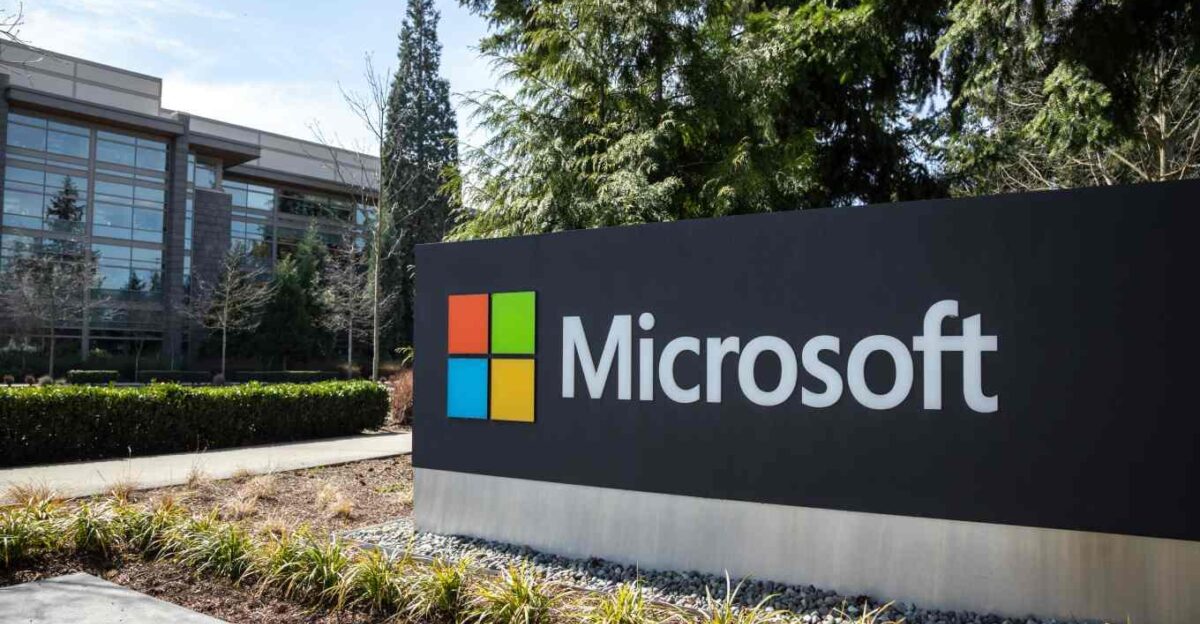
One important component of a larger financial reorganization to finance an $80 billion investment in AI infrastructure is Microsoft’s 2025 layoffs. The company’s cost structure is changing as a result of this significant capital investment; staff reductions are freeing up money for cloud expansion, AI data centers, and the development of proprietary chips.
Microsoft’s finance strategy, which reflects a move from traditional workforce-heavy models to capital-intensive AI-driven models, strikes a balance between investing in future growth areas and operational efficiency. The decision to forgo short-term employment levels in favor of long-term market leadership in AI technologies is an example of corporate strategy in action.
AI’s Contribution to Workforce Transformation
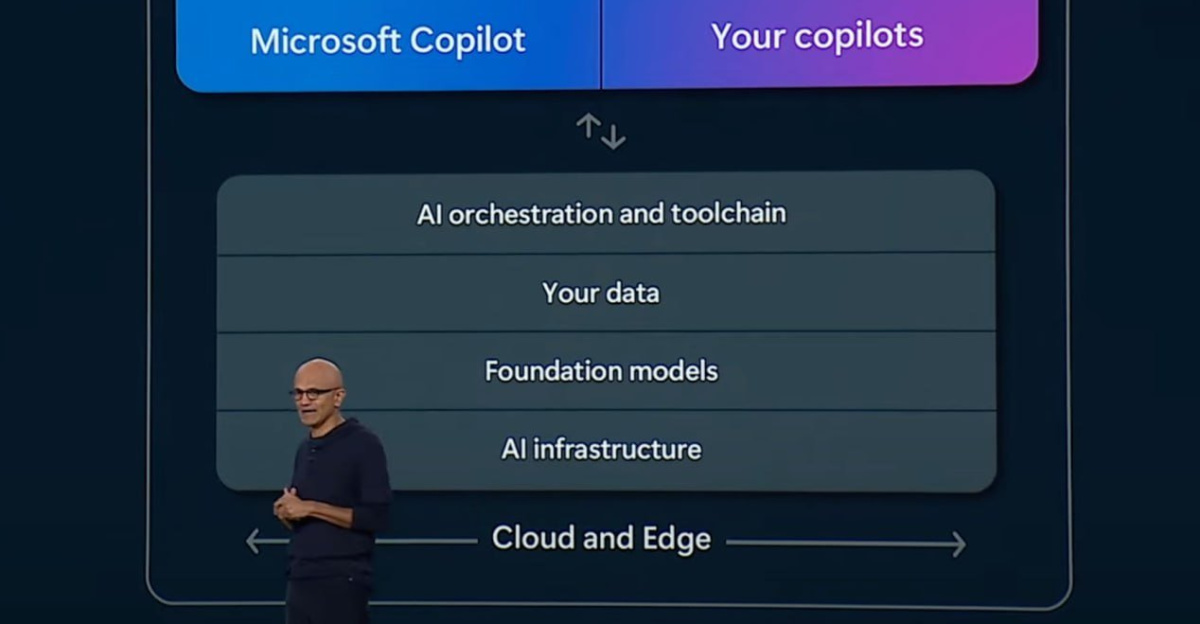
AI is a revolutionary force that is ingrained in Microsoft’s operational DNA, not just an external market trend. According to the company, up to 30% of its software code is now generated by AI tools like Copilot, indicating a fundamental change in the way work is done.
This lessens dependency on specific engineering positions while necessitating the acquisition of new abilities related to AI development and supervision. Because they eliminate legacy roles that cannot be integrated with AI while increasing AI-centric functions, the layoffs represent a workforce transformation rather than a simple downsizing; they create an evolution in job roles rather than their obliteration.
Human Cost and Ethical Considerations

Despite being a calculated move, the layoffs raise serious moral and humanitarian issues. Communities and lives are upended by the loss of more than 15,000 jobs, which exacerbates stress in an uncertain economic climate.
Microsoft has provided support and severance, but there is a genuine human cost that needs to be openly handled. Companies like Microsoft have an ethical obligation to strike a balance between social responsibility, which includes assisting with employee retraining and mental health resources, and aggressive innovation investments. This dimension presents layoffs as complicated social phenomena that have long-term repercussions that go beyond the company’s financial statement, in addition to being business decisions.
Consequences for the Technology Sector
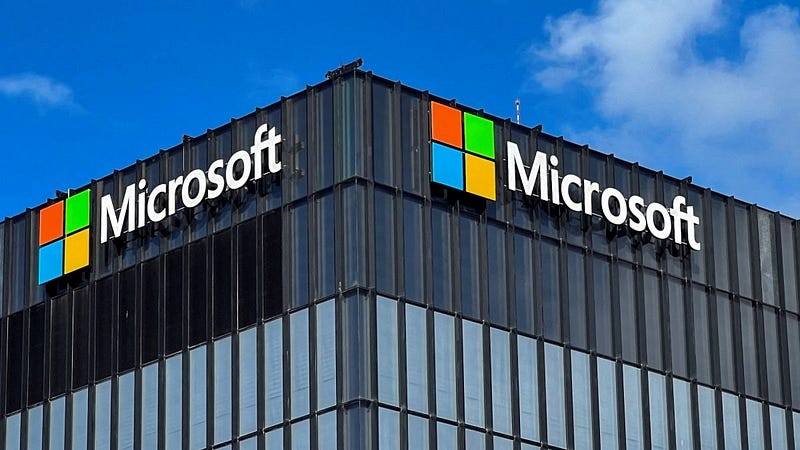
The tech industry as a whole is affected by Microsoft’s layoffs, which have an impact on regional economies like Seattle, supplier relationships, and talent markets. With many displaced workers possibly joining startups or competitors, the layoffs help to rebalance the talent pool and promote the diffusion of innovation.
Reduced spending and heightened unemployment pressures are two regional economic effects. The future of the larger technology sector may be shaped by changes in the demand for traditional IT jobs versus newly emerging AI-specialized careers as Microsoft speeds up AI adoption.
In Conclusion
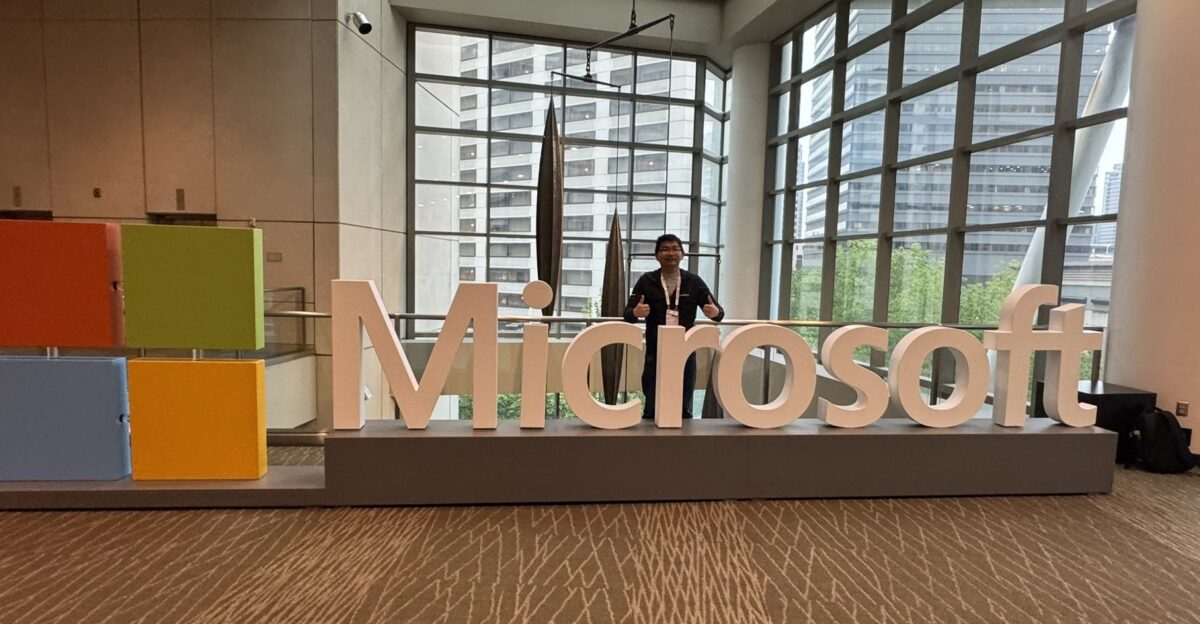
Instead of being merely reactive cost-cutting, Microsoft’s 2025 workforce cuts, which span five consecutive months and total over 15,000 jobs, represent a significant strategic realignment amid a historic AI investment. These layoffs reflect a larger corporate shift toward AI-driven innovation and efficiency, striking a balance between human and ethical complexity and financial imperatives.
Microsoft’s significant AI bets not only change the company’s own future but also serve as an example of essential trends affecting the global labor markets and the tech industry as a whole. Transparent strategies that respect social obligations and economic realities are necessary to navigate this transition.